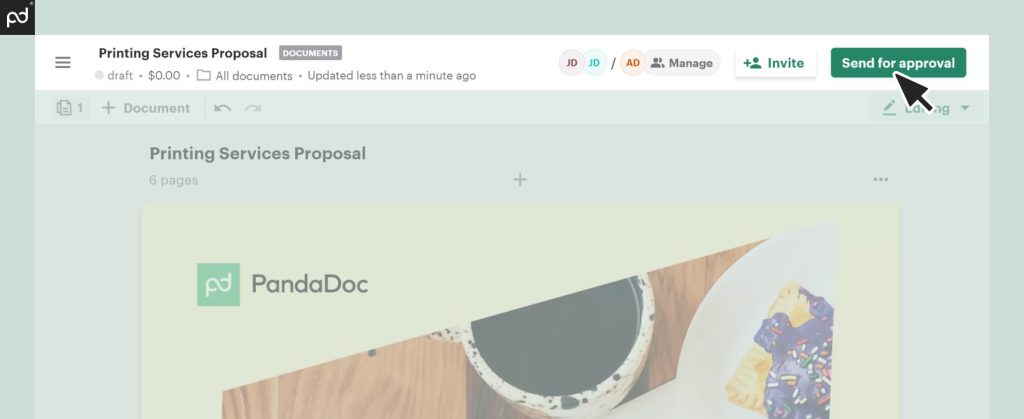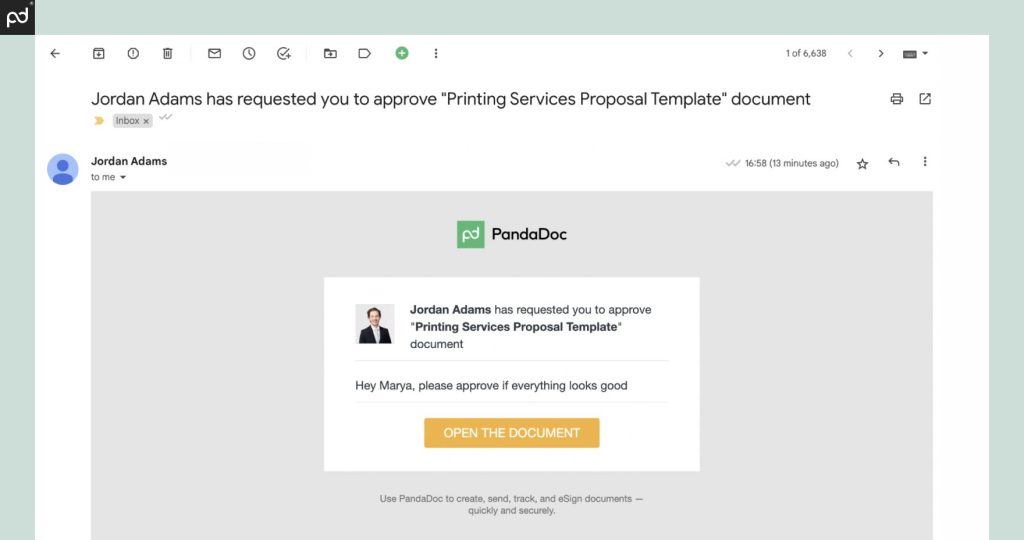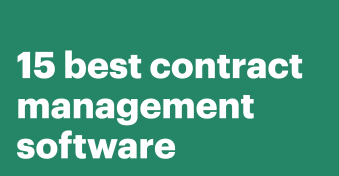The challenge with the SaaS (software as a service) delivery model is that you need contracts for every application, system, or cloud service in your SaaS stack.
That’s a bunch of renewals, security protocols, and administration for your IT team to monitor and curate.
If done wrong, your relations with the SaaS service provider could lead to service disruptions, regulatory fines, and service disruption.
In this article, we’ve gathered expert tips and best practices for handling, drafting, signing, and renewing SaaS contracts.
Key takeaways
- SaaS contract best practices begin with reviewing contracts to make sure they contain terms, provisions, and clauses that safeguard your interests when entering partnerships with providers.
- Use auto-renewals and automation for SaaS contracts that are critical to business operations and workflows.
- Choose a contract management solution with a favorable pricing model, excellent support, reliable uptime, and airtight data security.
Review contracts thoroughly
As basic as it sounds, you need to go through every detail of the contract, service level agreements (SLA), or end user license agreements (EULA) with a watchmaker’s microscope.
Make sure the terms and conditions align with the results of your contract negotiation with the service vendor, as well as your business needs.
Pay attention to clauses covering renewal terms, liabilities, indemnification, warranties, termination, usage limits, and support.
If possible, hire a legal team or lawyer to review the contract before buying the software license.
Create a system of records
If you’re in a company with hundreds of SaaS contracts running concurrently, establish a system of records to track duplication, redundancies, overcharges, and usage.
A well-structured system of records will show which SaaS applications teams are using and whether there are any overlaps.
It will also give you a better understanding of total spend and upcoming renewals for better cost savings.
For instance, these records will help you understand if multiple teams within your organization are paying for Premium Jira instances instead of unifying all of them under one enterprise plan.
You can track these records on spreadsheets. However, to keep things more organized and accessible, consider getting a SaaS contract management solution.
Choose the right management solution
Before choosing any contract management software, consider how it handles security and other key factors.
Some questions to guide your evaluation include:
- What security features and safeguards are available?
- How does this solution address my business needs?
- Does the software vendor provide timely support?
- Can I use this tool to edit and sign contracts?
- Can it scale with my company?
Go through independent user reviews to get a feel of the mood around the contract management platform.
Simplify the process
If multiple people are working on a contract, keep the drafting, approval, and review processes simple.
Here is a sample flow using PandaDoc for sending a business proposal for approval (the process works the same for getting SaaS contracts approved).
After creating the document, attach the emails of the people in the approval chain. Then click on “Send for approval.”

The intended recipient will get the document in their email. The next step is to either “Approve” or “Reject” the request.
If the recipient accepts the request, you can now send the final SaaS agreement. Otherwise, the file will stay under review. Either way, the sender will receive a notification.

This process is straightforward and easy to replicate. Senders can also add conditional approvals to automate the transfer of documents based on preset conditions.
Be careful with auto-renewals
Auto-renewals are like blowfish: getting it wrong can be lethal for your business; getting it right will keep your services running like clockwork.
Before locking your organization into SaaS subscriptions with service providers, evaluate their importance to the overall business operations as well as their reputation.
For instance, you can activate auto-renewals for AWS services — it’s Amazon; they always deliver.
But for lesser-known SaaS providers whose services are not critical to business operations, consider deactivating automatic renewals.
Instead of entering your credit card details, use invoices for payment. This will help you review SLAs at the end of each term to determine whether to pay for the service.
Establish a working relationship
When working with a SaaS business provider, focus on developing a rapport with the company rep.
Why? This relationship will help your business financially and administratively in the long run.
For example, the company rep can reach out to your company directly to offer better pricing options or usage rates.
They will also prioritize your concerns in the queue if something goes wrong during the contract management process.
Pay attention to usage
As mentioned earlier, some SaaS agreements bill users according to usage. So your access is capped by how much you pay.
In some cases, you’ll realize you’ve maxed out the limit of a 3-month contract in less than one week — which means you now need to renew the contract.
To avoid this conundrum, iron out details for usage tracking and monitoring.
You can also assign usage monitoring and regulation to the service provider for more accurate reporting.
Choose a favorable SaaS pricing model
Contracts and SLAs for SaaS products follow different pricing models.
- The flat rate model means all users pay the same amount for a specified term of the contract.
- The pay-as-you-go (usage-based) model means you pay for your actual usage. VoIP providers can charge you for the number of minutes used.
- The pay-per-user (user-based) model lets you pay according to the number of people making use of the product or service.
- The tiered (feature-based) model gives you access to features depending on how much you pay. Some SaaS vendors use the freemium model to let you try all features for free before paying.
Your SaaS agreement should specify the pricing structure as well as the amount and the payment timelines (contract renewal dates).
For critical infrastructure hosted by highly reputable SaaS companies such as Amazon and HubSpot, opt for long-term contracts with rolling renewals. These providers also offer discounts to long-term partners.
Prepare for contingencies
Things often go wrong in partnerships; that’s why you need guarantees to protect you from contingencies.
The SaaS contract should contain warranties for software delivery, support, and maintenance.
This could include refunds or monetary compensation for critical service disruptions.
Establish a conflict resolution mechanism for every contract in order to ensure fair and timely compensation for damages resulting from subpar service delivery.
And finally, seek a legally binding guarantee that you can terminate the contract if the vendor fails to meet their end of the bargain. Otherwise, you’ll have to pay the remaining duration of the contract by law.
Ask about IP and data storage policies
Your SaaS agreement should cover how the provider handles your intellectual property and the measures employed to protect your confidential data.
This starts with data storage. The provider has to be transparent about the duration of your contract data storage and the mechanisms for getting rid of it.
So if they don’t follow the contract, they will have to pay fines in addition to getting rid of the data — just like Google had to pay $5 billion for storing customer data from “Incognito Mode.”
Add confidentiality clauses, intellectual property provisions, and standalone non-disclosure agreements to protect sensitive business data.
Add analytical tools
Multiple SaaS contracts contain a goldmine of user and business information waiting to be tapped and analyzed.
That’s why you must streamline and consolidate all contracts into one contract management solution with analytical tools.
Modern AI-enabled analytical tools contain contract intelligence features such as optical character recognition (OCR) for extracting valuable metadata for documents.
These analytical tools will help you track the close or churn rate for contracts, renewal costs, usage limits, high-performing vendors, response time, resource-intensive applications, and other essential metrics.
Guarantee support and maintenance
Any contract you sign with a SaaS company should contain provisions for support and continued maintenance.
Why? Because when outages or product failures occur, the vendor should be responsible for running maintenance to get things back to normal.
They should also roll out updates and upgrades to plug all performance loopholes.
These provisions should be integrated into a single contract. However, some companies create separate SLAs and pricing for different levels of support. Your contract with them should spell out the conditions.
Use integrations and automation
The best way to manage multiple SaaS contracts effectively is by using a contract lifecycle management (CLM) solution with automation capabilities.
They also contain customizable templates and boilerplate clauses, which help your business save time, money, and resources.
Automation and integrations with tools like Salesforce and Zoho CRM allow you to automate renewals by creating reminders and alerts before the due date.
This will give you time to decide whether to cancel your contract or renegotiate.
Beef up security
Keep contract details private because they contain vital business information and payment details that hackers can access for nefarious purposes.
Without airtight data security measures, cybercriminals can gain access to receiving accounts in order to set up a man-in-the-middle (MITM) attack — like the 2017 Equifax data breach.
To beef up data protection, add encryption protocols and multi-factor authentication.
Use single-tenancy and role-based access control (RBAC) to isolate contracts and keep stakeholders on a need-to-know basis.
Improve your SaaS contract management
PandaDoc is a contract management solution used by companies to edit, draft, sign, and renew agreements with SaaS service providers.
This software comes with an intuitive built-in editor that allows you to amend contract terms and embed essential fields into a contract.
Embed CRM integrations, notifications, and reminders for auto-renewals to guarantee continuous access to SaaS solutions.
To start using PandaDoc for your SaaS contracts, book a quick demo right away.
Disclaimer
PandaDoc is not a law firm, or a substitute for an attorney or law firm. This page is not intended to and does not provide legal advice. Should you have legal questions on the validity of e-signatures or digital signatures and the enforceability thereof, please consult with an attorney or law firm. Use of PandaDoc services are governed by our Terms of Use and Privacy Policy.


